



Based on my extensive experience in the cleaning equipment industry, I strongly advise against employing high-pressure systems for cleaning two-wheelers. While such devices can efficiently remove dirt and grime, they pose a significant risk to sensitive components often found in these vehicles.
The force exerted by these cleaners can dislodge or damage vital elements like electrical connections, lubricants, and seals. Areas such as the brake calipers, engine components, and electronic parts can suffer from unintentional water ingress, leading to malfunction or costly repairs. Instead of relying on these high-powered tools, I recommend using a gentle approach.
Opt for a soft cloth or sponge along with biodegradable cleaning solutions formulated for your vehicle. This method not only ensures the longevity of your machine but also protects its intricate details. After all, maintaining the aesthetics and functionality of your two-wheeler is paramount for an enjoyable ride.
Understanding Washer Settings for Motorcycles
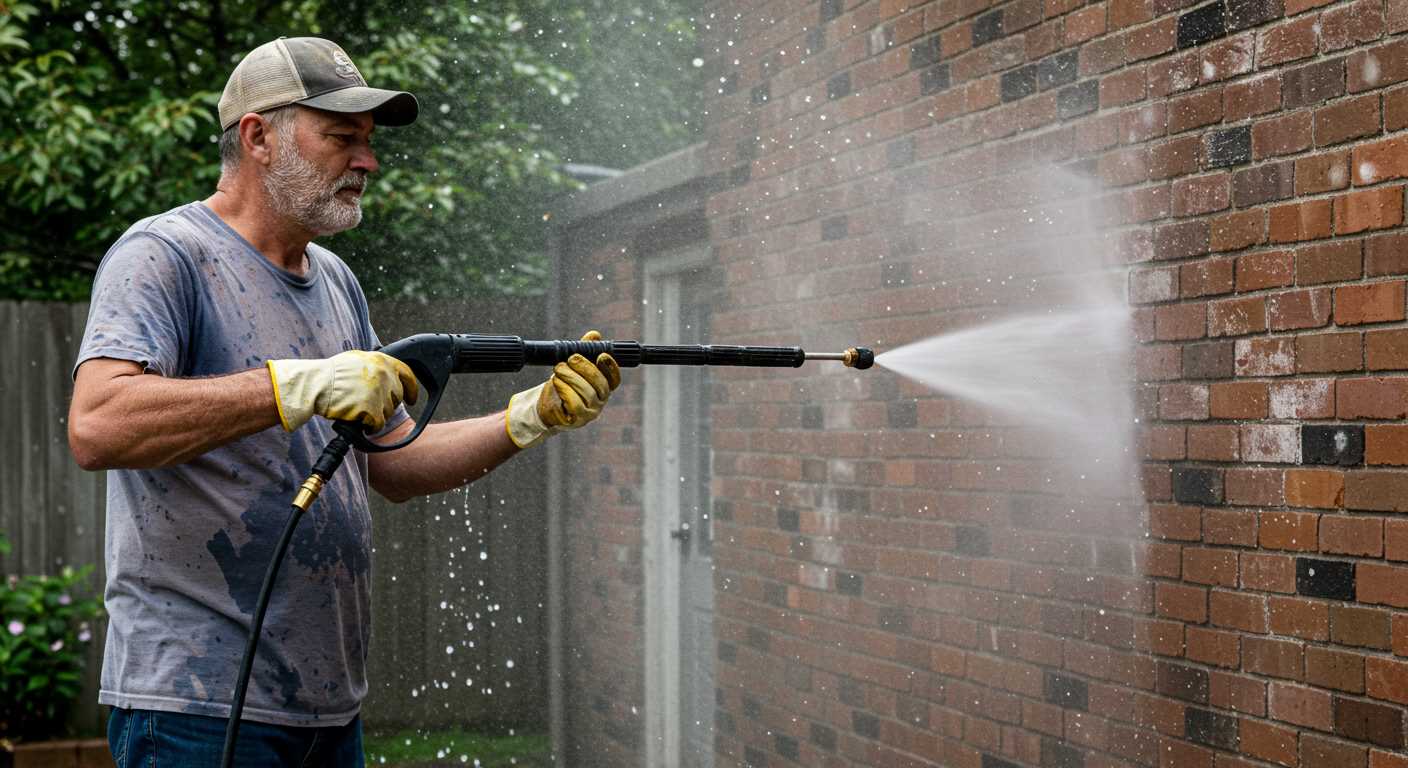
When cleaning a bike, precision in equipment settings is paramount. I recommend maintaining a low-pressure setting, typically around 1200 to 1500 PSI, to prevent any unintended damage to sensitive components.
Adjusting the Nozzle

Selecting the right nozzle is crucial for effective cleaning without causing harm. Consider the following:
- Fan Nozzle: This is ideal for broad coverage. Opt for a 25-degree or 40-degree nozzle to reduce the concentrated force of water.
- Rotary Nozzle: If heavy grime is present, this can aid in a deeper clean while still requiring careful distance management.
Maintaining Distance
Always keep a distance of at least 2 feet between the nozzle and the surface of the bike. This distance helps to mitigate the risk of damaging plastic parts, paintwork, or seals.
Regularly inspect the surfaces you’re targeting. Pay special attention to moving elements such as chains and brakes. It’s wise to shield these areas with a cloth to avoid excessive moisture exposure. Additionally, ensure that you are avoiding areas such as electrical systems, which can be sensitive to water intrusion.
Employing the right settings not only preserves the integrity of your ride but enhances its overall performance and longevity. Proper techniques can ensure a clean and maintained appearance without the risk of harm.
Identifying Sensitive Parts on Your Motorcycle
Start by avoiding direct contact with electronic components such as the battery, wiring harness, and all connectors. Water exposure can cause significant damage or malfunction.
Next, look at any exposed bearings, such as those on the wheels and the swingarm. Ensure that they are adequately protected or covered to prevent water ingress that could lead to corrosion or bearing failure.
Pay close attention to rubber seals and gaskets, particularly around the engine and fuel tank. High-velocity jets can dislodge or damage these parts, leading to leaks and performance issues.
Consider sensitive areas like the air intake and exhaust outlets. It’s crucial to shield these from intense water spray to avoid contaminating the engine and exhaust system.
Lastly, be aware of intricate components such as the fuel injection system and any electronic control units. These parts require extra caution due to their vulnerability to moisture and potential for electrical short-circuiting.
Best Practices for Pressure Washing Your Motorcycle
I recommend rinsing the exterior thoroughly with water before targeting specific areas. This initial step helps to loosen dirt and grime, making the cleaning process more effective.
Select a steady stream setting on your equipment to prevent damage while ensuring that the dirt is adequately removed. Avoid the jet setting, as it can cause serious harm to delicate components.
Position the lance at least two feet away from the surface. Gradually decrease the distance if necessary, maintaining a tilt to control the direction of the spray and avoid water ingress into sensitive parts.
When cleaning, work from the top down. Begin with the handlebars and fuel tank, moving down to the lower fairings and wheels, ensuring that debris flows downwards rather than upwards where it might cause scratches.
Be cautious around electrical components and exposed wiring. Instead of directing water directly at these elements, simply wipe them with a damp cloth after using the spray on surrounding areas.
Utilise a mild detergent that’s specifically designed for two-wheeled vehicles. Apply it using a separate sponge or soft brush to avoid concentrated pressure in sensitive areas.
| Pressure Setting | Recommended Distance | Target Area |
|---|---|---|
| Low to Medium | 2 feet | Frame and Bodywork |
| Very Low | 1 foot | Wheels and Brake Components |
| Low | 3 feet | Engine and Exhaust |
After cleaning, it’s crucial to dry the vehicle thoroughly. I suggest using a microfibre cloth to absorb moisture and prevent water spots. This step also allows for an inspection for any damage or areas that may need further attention.
Finally, consider applying a protective coating or wax post-cleaning. This not only enhances the appearance but also helps shield the surfaces from future contaminants and moisture.
Avoiding Damage to Electrical Components
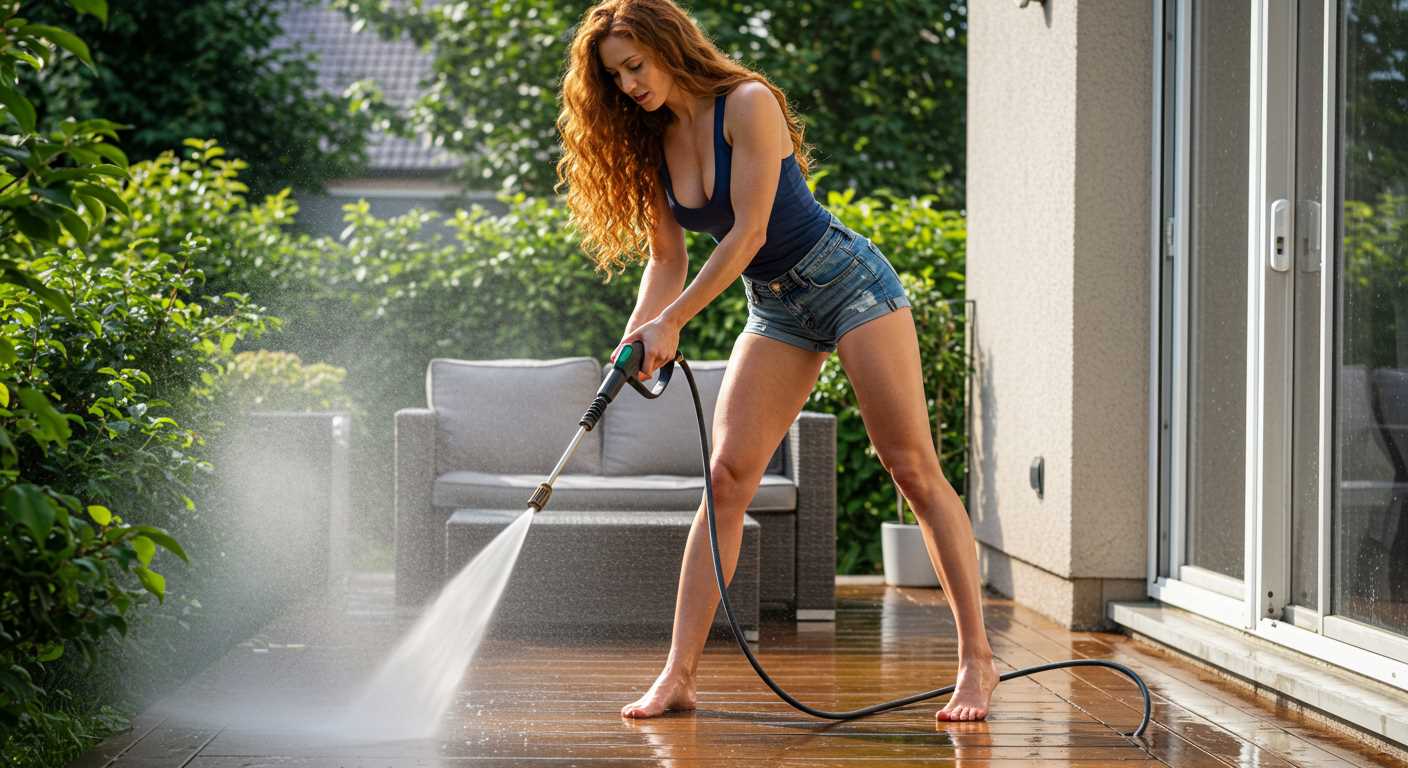
When cleaning a two-wheeled machine, it’s paramount to protect the electrical components. High-pressure streams can penetrate areas that are not easily visible, potentially leading to short circuits or corrosion. My recommendation is to cover or protect sensitive elements such as the battery, fuse box, and wiring harnesses with plastic bags or specialised protective covers. This simple step can prevent costly repairs down the line.
Shielding Key Areas
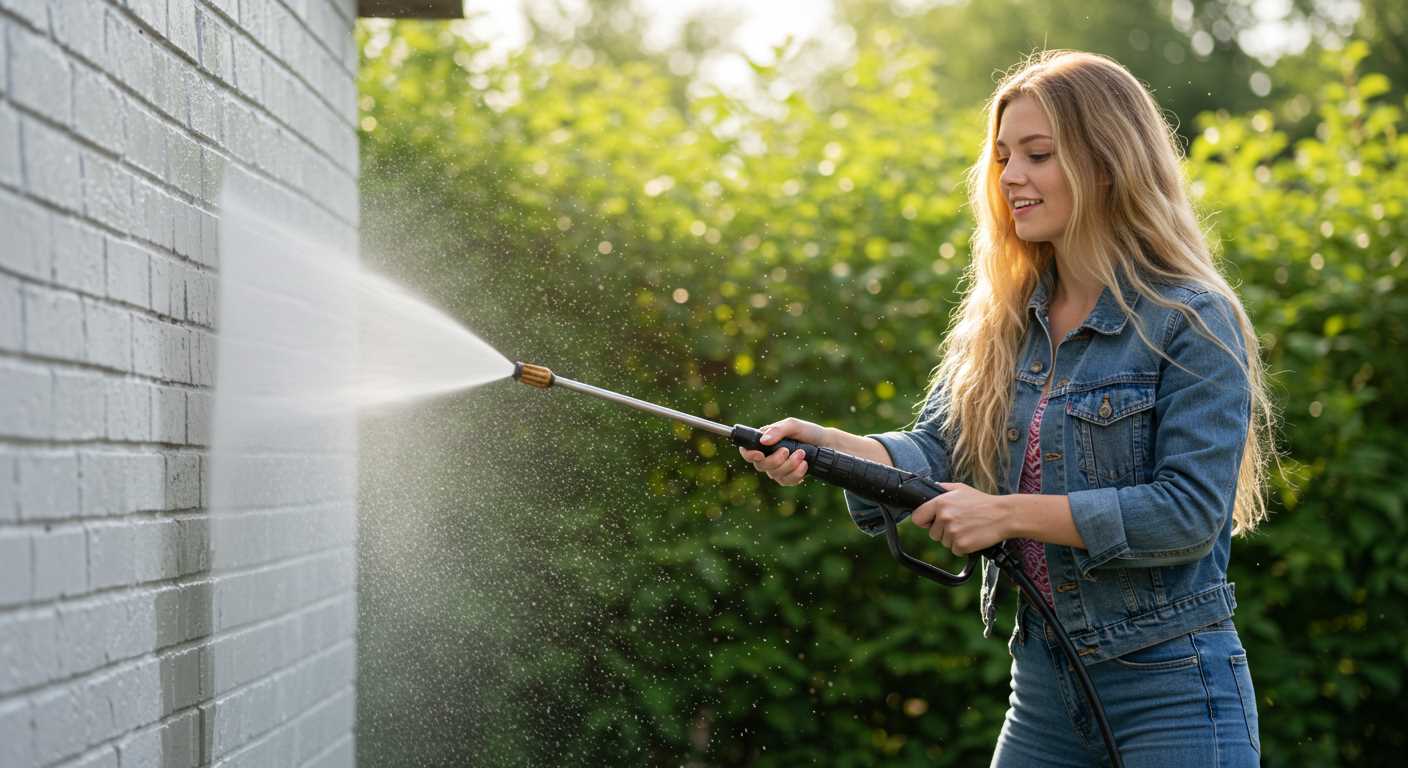
Begin by identifying critical electrical components that could be affected. Pay close attention to connectors, relays, and any exposed wiring. Use waterproof tape to seal connections and make sure that any plugs are securely fastened. It is advisable to avoid spraying directly on these components, even with lower pressure. If you must clean in the vicinity, consider using a gentle cloth and a mild cleaning solution instead.
Drying and Inspection
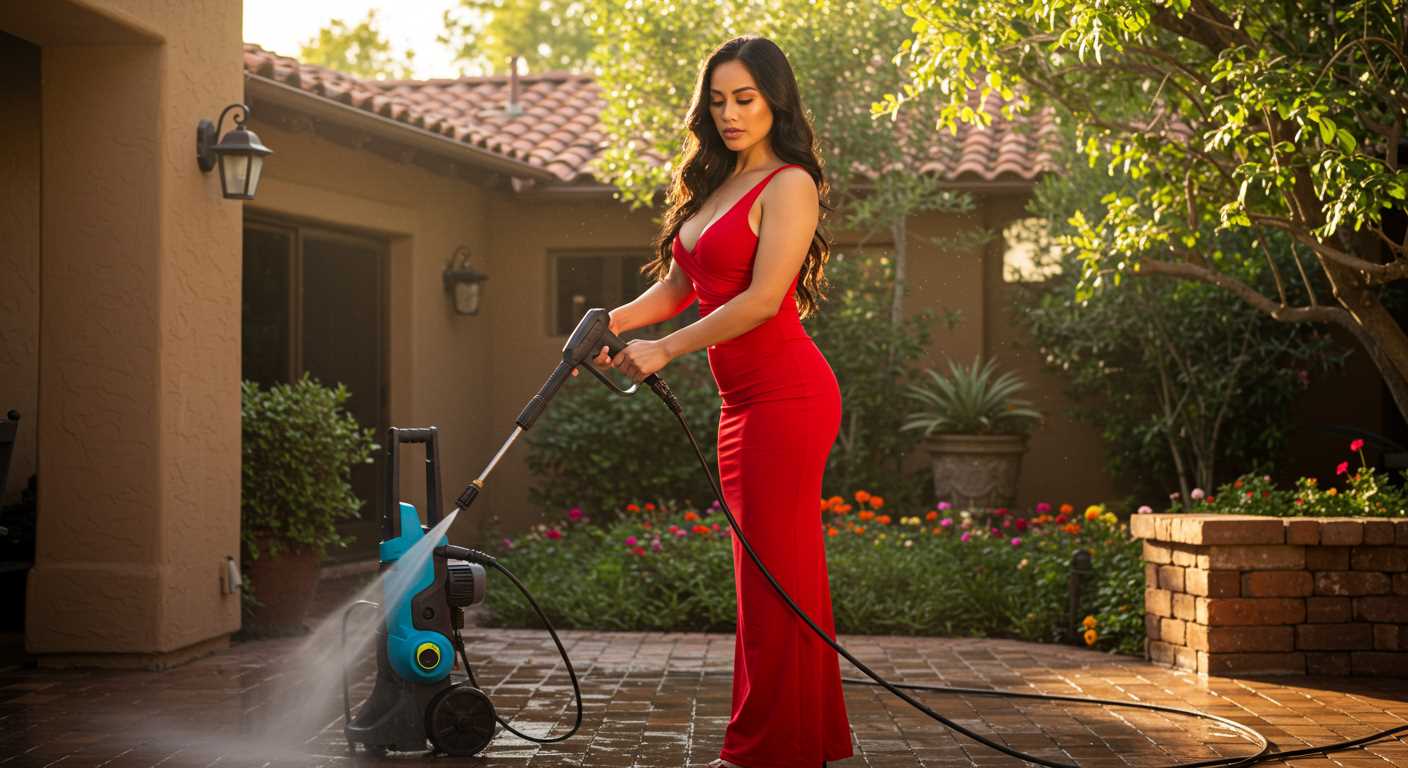
After the cleaning process, allow ample time for all areas to dry completely. It’s wise to check for any moisture within connectors and electrical sockets. If necessary, gently blow compressed air into crevices to expel trapped water. Conduct a thorough inspection to ensure that any protective measures you took remain intact. This diligent approach will help maintain the longevity and functionality of your vehicle’s electrical systems.
Choosing the Right Nozzle for Motorcycle Cleaning
For effective cleaning without risk to delicate components, opt for a fan nozzle with a 25 to 40-degree angle. This design broadens the spray pattern, dispersing the force of the water while ensuring a thorough clean of the bike’s surfaces.
Preferred Nozzle Types
The green zero-degree nozzle delivers a concentrated jet, suitable for stubborn dirt on metal or painted surfaces. However, be cautious and avoid close contact as it can damage finishes. The white 25-degree option is ideal for overall cleaning, striking a balance between pressure and area coverage. Employing this nozzle ensures thorough washing without the fear of paint chipping or scratching.
Considerations for Nozzle Selection
Select nozzles specifically designed for your equipment, ensuring they match the performance specifications. Using a nozzle that exceeds your machine’s recommended pressure can lead to mishaps. Consider materials as well; some nozzles are made from plastic while others are metal, with metal options generally offering more durability.
Post-Wash Maintenance Tips for Your Motorcycle
After cleaning your bike, dry it thoroughly with a soft microfibre towel. This prevents water spots and corrosion. Pay special attention to areas where moisture tends to collect, such as under the seat and around electronic connections.
Inspect all fluid levels, including engine oil and brake fluid. If you’re due for a change, now’s a good time to perform maintenance while the bike is already in top condition. Check for leaks at seals and gaskets as well–this is easily missed during standard washes.
Lubricate the chain and any moving parts. A clean chain ensures smooth operation and prolongs the life of your bike. Apply a suitable chain lube after wiping off any contaminants picked up during cleaning.
Verify the tightness of bolts and fasteners, especially on the exhaust and body panels. Vibration can sometimes loosen components, and they may have been impacted indirectly during a wash.
Consider applying a protective wax or sealant to paintwork and chrome surfaces. This provides a barrier against environmental elements and makes future cleaning easier. Be sure to follow the product instructions for optimal results.
Lastly, take a moment to review your tyres for proper pressure and tread wear. Clean the sidewalls and remove any lingering dirt to enhance your grip and safety while riding.
When to Seek Professional Cleaning Services
If you’re unsure about cleaning your bike individually, it’s wise to consult with experienced professionals. Complexities can arise from stubborn dirt, ingrained grease, or when addressing intricate components of the motorcycle.
Mishaps and Repairs
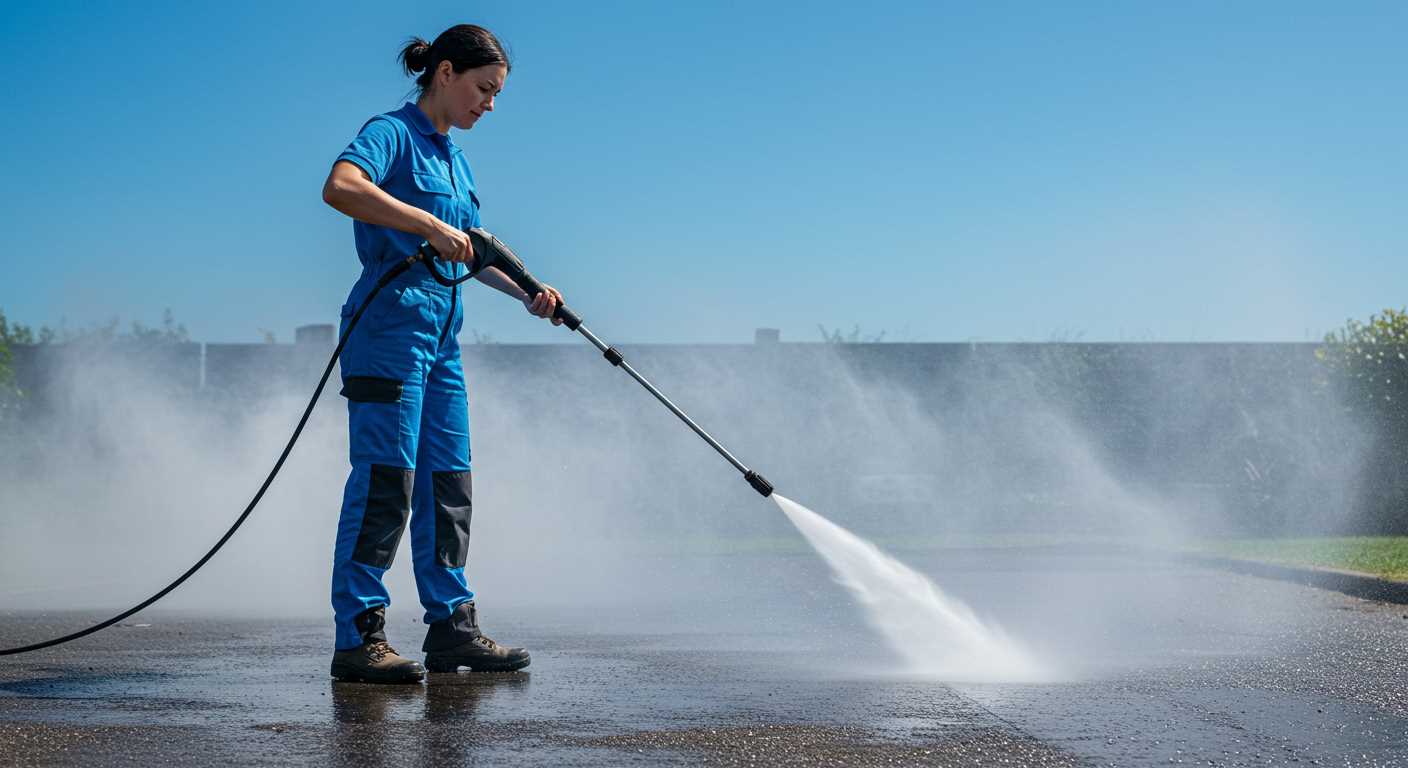
Signs of potential trouble include visible wear, electrical issues, or if the brake or clutch mechanisms exhibit problems. In such instances, a thorough clean-up might inadvertently worsen the situation. Trusting a specialist ensures the correct approach with proper tools and techniques aimed at safeguarding your investment.
Time Constraints
If personal time is limited or you’re unfamiliar with the correct cleaning methods, outsourcing the task can save considerable hassle. Professionals typically possess both the expertise and the necessary equipment to complete the job efficiently, ensuring your ride looks pristine while you focus on other priorities.







